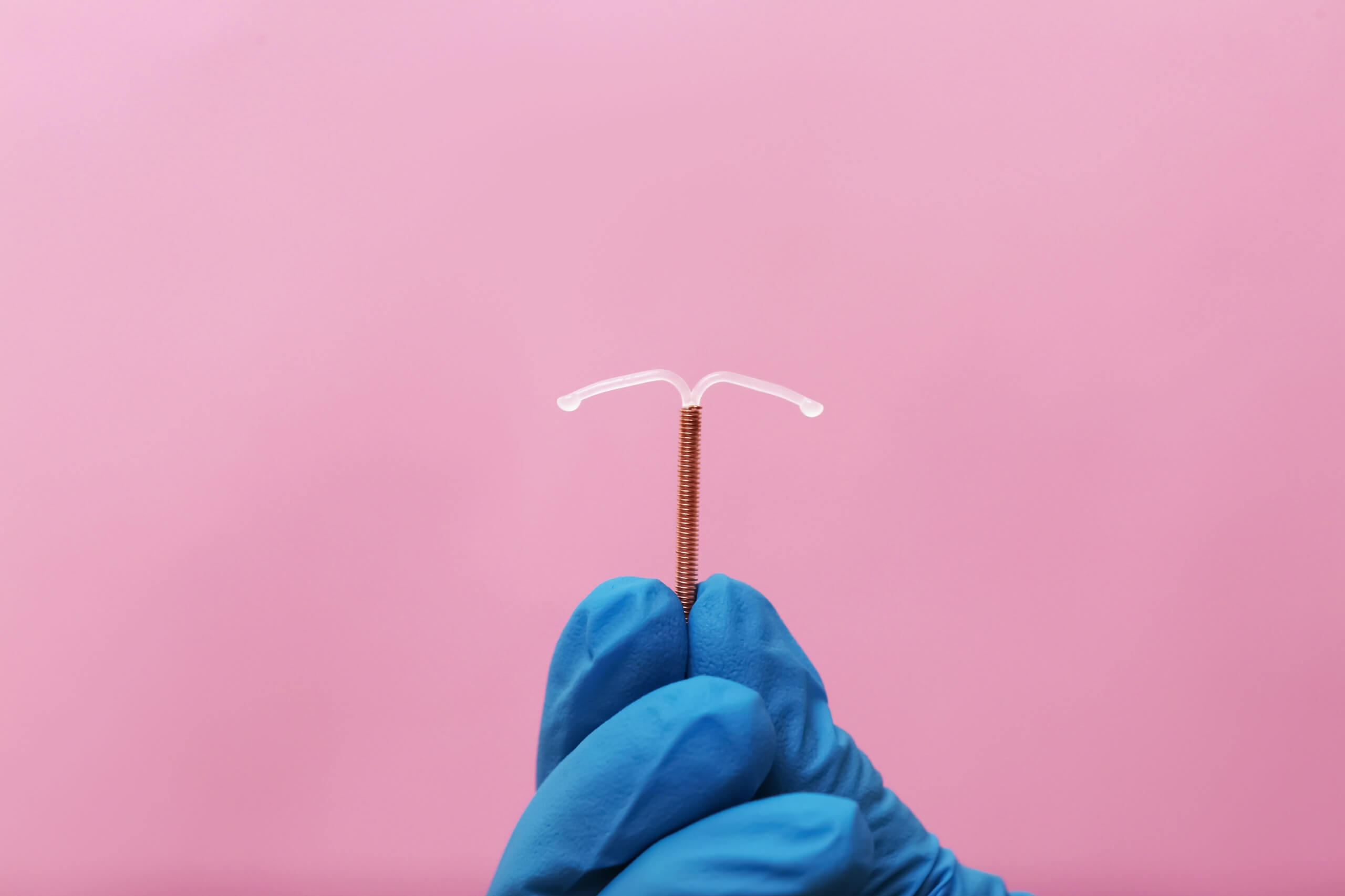Receiving news of an abnormal Pap smear can be unsettling, but it’s a crucial step in protecting your cervical health. At MAIA Gynecology, we believe in empowering you with knowledge and support as you navigate the next steps. Two common follow-up procedures, colposcopy and LEEP (Loop Electrosurgical Excision Procedure), play vital roles in detecting and treating abnormal cervical cells, helping to prevent cervical cancer and safeguard your well-being.
Why an Abnormal Pap Smear Matters
A Pap smear screens for changes in cervical cells that could lead to cervical dysplasia or, over time, cervical cancer. An abnormal result doesn’t mean you have cancer, but it does signal the need for further evaluation to determine the cause of the changes, which are often related to HPV (human papillomavirus) infection.
Colposcopy: The Next Step in Evaluation
After an abnormal Pap smear, your provider may recommend a colposcopy. This in-office procedure allows a gynecologist to closely examine your cervix, vagina, and vulva using a special magnifying instrument called a colposcope.
During the exam:
- You’ll lie on an exam table, similar to a Pap smear.
- A speculum is inserted to visualize the cervix.
- A mild solution is applied to highlight abnormal cells.
- If needed, a small biopsy (tissue sample) is taken for further testing.
Preparation Tips:
- Avoid vaginal medications, douching, or intercourse for 24-48 hours before the procedure.
- Take a mild pain reliever if recommended by your provider.
What to Expect Afterward:
- Mild spotting or discomfort is common.
- Most people resume normal activities immediately.
LEEP: Treating and Preventing Cervical Cancer
If colposcopy and biopsy confirm significant cervical dysplasia (precancerous changes), a LEEP procedure may be recommended. LEEP uses a thin wire loop with an electrical current to remove abnormal tissue from the cervix. This treatment is highly effective at removing precancerous cells and preventing their progression to cervical cancer.
Why LEEP Is Needed:
- To treat moderate to severe cervical dysplasia.
- To remove tissue for further testing if cancer is suspected.
- To address persistent HPV-related changes
What Happens During LEEP:
- The procedure is performed in the office under local or IV anesthesia.
- You’ll be positioned for a pelvic exam.
- The gynecologist removes the abnormal area, which is then sent to a lab for analysis.
- The entire process typically takes about 10-15 minutes.
Recovery Guidance:
- Expect mild cramping, spotting, or discharge for up to six weeks.
- Avoid tampons, douching, and intercourse until cleared by your provider (usually 3-4 weeks).
- Most people return to work or daily activities within a day, but strenuous exercise should be avoided for a short period.
Reassurance and Support at MAIA Gynecology
Both Colposcopy and LEEP are common, safe, and effective procedures performed in-office by experienced women’s health physicians. At MAIA Gynecology, we prioritize clear communication, patient comfort, and holistic support at every step. Our team is here to answer your questions, address your concerns, and ensure you feel informed and cared for throughout the process.
Connect With Us
If you’ve been told you need a colposcopy or LEEP, or if you have questions about your cervical health, we’re here to help. Contact MAIA Gynecology to schedule an appointment or speak with a gynecologist. Your health and peace of mind are important, and we’re ready to support you every step of the way.

Ask Us A Question
Need more information? Please give us a call at (630) 320-6703 and someone from our team will be in contact with you soon.
Patient Resources





